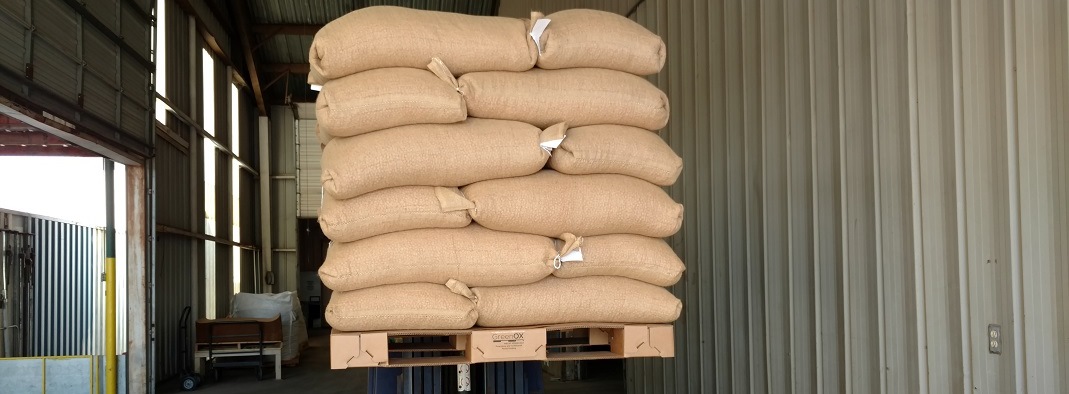
Background
Imagine that the average U.S. dishwasher is only 65% full when run, but you had the power to ensure that all dishwasher loads were filled to capacity. Massive water savings and reduced energy consumption come to mind, but what about less detergent use, and scaling back on the substantial resources needed to produce and transport detergent?
By replacing wood and plastic pallets with lightweight corrugated cardboard pallets, we can ensure that U.S. truck shipments are much closer to 100% than currently is the case. And yet we don’t.
Let’s change that, starting with some directional numbers:
- • Wood pallets weighing approximately 50 pounds each are loaded with product and shipped on semi-trailer trucks (“semi’s”)
- • An estimated 5 billion such loaded wood pallets are shipped in the U.S. each year (based on 2 billion pallets in circulation, used 5 times or less)
- • Assuming an average of 20 pallets per truck equates to 250 million truck shipments
- • Applying the conservative assumption of only 400 miles per trip takes us to 100 billion truck miles per year
How much is 100 billion truck miles? The equivalent of driving to Mars and back...more than seventy (70) times.
These 250 million trucks, each traveling 400 miles -- and hypothetically weighing 65,000 per truck -- will use over 1.66 billion gallons of diesel and emit nearly 170 million metric tons of CO2e(carbon dioxide equivalent) annually.

Lightweight corrugated cardboard pallets are as effective as other pallets. Photo Credit: Change the Pallet
Corrugated pallets weigh only ~10 pounds, so “changing the pallet” would lower the amount of pallet weight alone shipped each year in the U.S. by ~200 billion pounds. Doing so would theoretically save 205 million gallons of diesel and emit some 21 million fewer metric tons of CO2e annually (based on a 10% drop in fuel consumption).
While intuitive, this model does not hold in the real world, where vast CO2e reductions are driven by filling space, not reducing weight.


